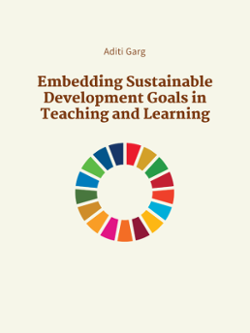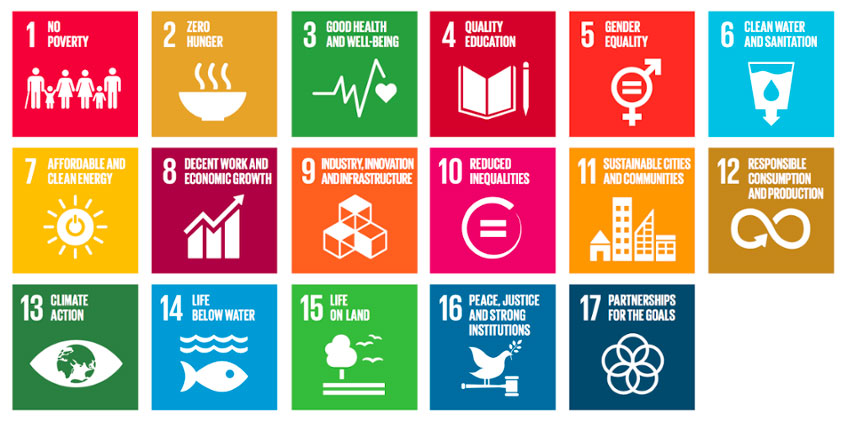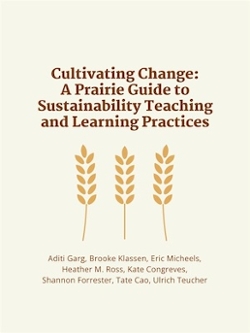Overview
Learning for Sustainability is an educational approach that equips students with the competencies needed to foster a sustainable future. It involves:
- Integrating sustainability into learning outcomes.
- Empowering students to reflect, collaborate, and take action.
- Enhancing skills through continuous practice and feedback.
- Assessing sustainability competencies.
We must commit to deliberately designing courses and programs to systematically grow sustainability competencies with our students. This requires engaging in social, environmental, and economic development that meets the needs of the present while mindfully and respectfully protecting the ability of future generations to meet their own needs.

Writing learning outcomes aligned with the Sustainable Development Goals
*Embedding SDGs in Teaching and Learning
This open book is a series around the 17 Sustainable Development Goals (SDGs). Diving into each of the goals and how educators can strive to embed these into thier own courses. It hopes to elicit some ideas of how eduators might also integrate a global goal into their teaching.
The 17 Sustainable Development Goals

Examples of teaching practice
Below are teaching practices that help build sustainability competencies:
The way we each relate to the land and position ourselves helps students develop their own ideologies, which impacts their practices. Embedding reciprocity and kinship in our teaching is important for wāhkōhtowin and good relations.
Transformative teaching requires educators to create conditions for students to experience a large magnitude of change within the short timeframe of an academic term. Opportunities for students to remove themselves from their ordinary, such as through Indigenous land-based education, experiential learning, group work, case studies, authentic assessment and other immersive exercises have the most impact to shift students’ mind and heart sets while developing the necessary technical skill sets.Use journals, peer conversations, pre/post surveys, and questions such as, “what would you do differently knowing what you know now?” to help students continuously reframe and contextualize themselves within their learning.
See more: Idea Book chapter on Reflective Learning
An example of students working towards the SDGs - YouTube videoYou may not identify as an expert in sustainability. However, your discipline is likely part of the solution to meet global goals. Embedding sustainability helps students see how their local lived reality fits within a global context. Making connections between your research, scholarship, artistic work, or profession, can help students be inspired and keep learning relevant.
Learn more in the USask Learning Charter: Educator Commitments.The reality of practicums, placements, or other community-based learning is that it requires community connections. These partnerships are conventionally informal and built on the social capital of individual faculty however there are resources at USask to help you.
Reach out:
- Sustainability Living Lab for help using the campus as a learning resource.
- Sustainability Committee
- USask sustainability student groups or student volunteer opportunities to connect formal and informal learning.
- Sustainability and Education Policy Network, an international sustainability education policy and practice network coordinated by the University of Saskatchewan’s Sustainability Education Research Institute.
- Contact the GMCTL for community-based learning support.
- Office of Sustainability
- Sustainability Faculty Fellows
Exemplary practices

You can find examples of work connecting teaching practices to sustainability created by the 2022-24 Sustainability Faculty Fellows in the open book:
Cultivating Change: A Prairie Guide to Sustainability Teaching and Learning Practices
*Applications are now being accepted for the 2025-2027 Sustainability Faculty Fellows! Visit our Faculty fellowships webpage to see current and past fellows and learn more about how to apply. Applications are due by March 17, 2025.
Get support
Contact gmctl@usask.ca for more information related to this strategy.

